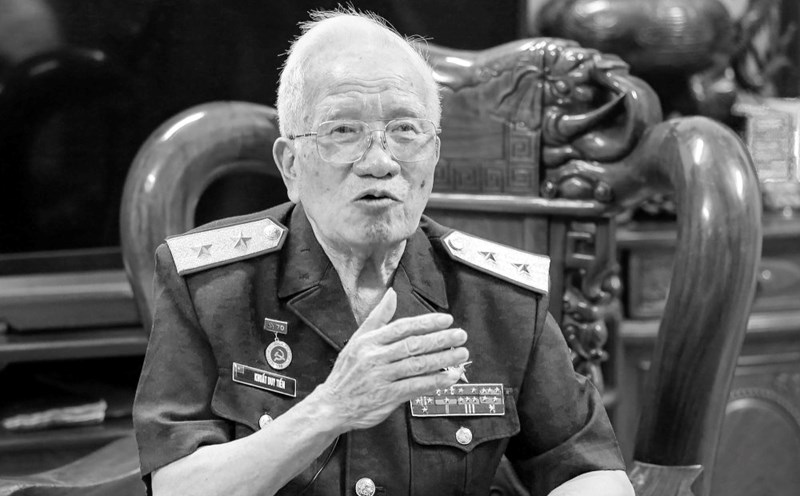2024 - a "historic" year for Asian beauty
The year 2024 marks a memorable milestone for Asian beauty as representatives of this region continuously reap brilliant successes in international beauty arenas.
Most recently, on November 12, Miss Vietnam 2022 - Huynh Thi Thanh Thuy made a miracle when she became the first representative of Vietnam to win the Miss International 2024 crown. Her victory came not only from her outstanding physical beauty but also from her ability to communicate fluently in English and her sharp thinking. In the behavioral round, Thanh Thuy expressed her views on changes in global education after the COVID-19 pandemic, cleverly integrating it with the 4th goal of the 17 Sustainable Development Goals (SDGs) of the United Nations, helping her score strongly.
Previously, Harashta Haifa Zahra from Indonesia and Rachel Gupta from India also made history by bringing home the first Miss Grand International and Miss Supranational crowns for their countries, respectively.
2024 also witnessed the birth of Miss Cosmo - an international beauty contest founded by Vietnamese people, with the highest position belonging to the Indonesian beauty - Ketut Permata Juliastrid. The only runner-up position belonged to the representative of Thailand - Karnruethai Tassabut, continuing to be a testament to the rise of Asian beauty in general and Southeast Asia in particular on the global beauty map.
The reason why Asian beauty "reigns" in international beauty contests
Looking back at the 70s and 80s of the last century, European beauty with blonde, white-skinned beauties dominated beauty contests; the late 90s and early 2000s witnessed the explosion of Latin American contestants with hot bodies; then in the past decade, the beauty and talent of Asian beauties in general and Southeast Asian beauties in particular have become a phenomenon.
This rise in rankings is not merely coincidental but also reflects profound changes in the concept of beauty in international beauty pageants.
According to analysis by beauty site Angelopedia, the key to the success of Asian beauties in international competitions in recent years is their brilliance in talent and behavior competitions, and especially their social and charitable activities that have a positive impact on the community.
Ms. Lu Sierra - Miss Universe coach, expert on style, catwalk and pageant organization also commented: "Miss Universe is not a model, but a spokesperson. Is her voice strong enough for the whole audience to listen?".
Sharing the same view, Miss Thanh Thuy shared: "International beauty pageants are places of cultural exchange. Miss International especially values the connection and cultural exchange between countries. In addition, the greatest value that beauty pageants can bring is practical activities, positively contributing to the community."
It can be seen that modern beauty contests no longer only emphasize physical beauty and performance ability, but also seek out independent, vocal and responsible women, focusing on eloquence, thinking and behavior, and the ability to inspire the public.
However, according to the perspective of beauty website Missosology, the rise of Asian beauty also comes from economic changes between countries and candidate selection strategies.
Notably, of the top 6 beauty pageants in the world today, 4 are owned by Asians: Miss International (Japan), Miss Earth (Philippines), Miss Grand International (Thailand), and most recently, the copyright of Miss Universe - considered the "playground" of Latin American beauties, has been acquired by Thai businesswoman Anne Jakkaphong Jakrajutatip.
Another reason comes from the fact that as beauty pageants become increasingly saturated, the media power of fans becomes an important factor in affirming the position and reputation of the organization. In particular, the fan community in Asia in general and Southeast Asia in particular has emerged as a potential market with enthusiasm and deep attachment to beauty pageants. Realizing this, pageants, typically Miss Universe in recent years, have gradually changed their rules, dividing the ability to "enter the Top" equally for representatives from each region of the Americas, Europe, Asia - Pacific and Africa, in order to create a balance, avoiding the monopoly of Latin America in this arena, as a way to attract the attention of local audiences.
In addition, according to Katrina Escalona on The Culture Trip, the success of Filipino and Asian beauties in general also stems from the explosion of the movement of organizing small-scale beauty contests locally. It can be said that beauty contests are not only a passion but have penetrated deeply into the culture of the people, at the same time, their enthusiastic support is also a great motivation for representatives to strive in the international arena.
The rise of new beauty powerhouses in Southeast Asia in particular and Asia in general is reshaping the power map in the global beauty industry, promising a competitive and surprising future.











